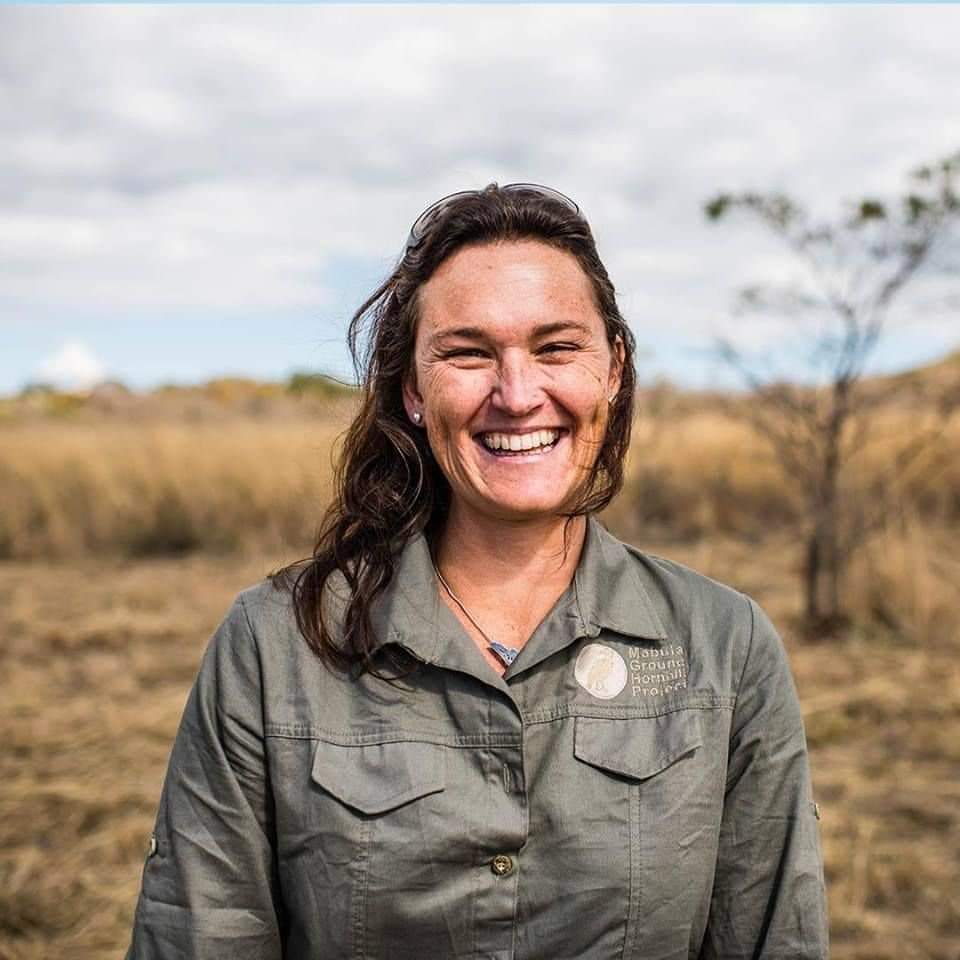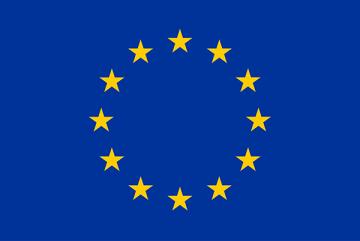
Surveillance basée sur la science citoyenne pour une espèce à faible densité afin d'améliorer la surveillance à l'échelle nationale et une plus grande inclusivité

Le recensement des espèces à faible densité naturelle, largement répandues et territoriales, dans notre cas le calao terrestre du Sud (SGH : Bucorvus leadbeateri), une espèce menacée, est difficile. En Afrique du Sud, nous avons constaté que les données des atlas traditionnels sous-estimaient considérablement les zones où les ornithologues préfèrent ne pas aller (zones rurales éloignées/zones perçues comme dangereuses). Cependant, savoir où se trouve SGH et quel est le statut de sa population est une première étape fondamentale pour une bonne conservation. Nous avons mené avec succès un programme de surveillance de quatre ans en utilisant la science citoyenne. En incitant les champions locaux à créer un groupe WhatsApp pour signaler la présence de SGH dans leur région en utilisant leurs propres réseaux, nous avons pu atteindre un plus grand secteur de la société, des personnes ayant une association culturelle avec SGH, mais qui n'auraient peut-être jamais envisagé d'être des scientifiques citoyens, par exemple les chauffeurs de taxi. L'utilisation d'une plateforme simple comme WhatsApp, plutôt que d'une application d'observation des oiseaux, a favorisé cette démarche. Nous avons trouvé presque le double de la population estimée précédemment (de 567 à 920 groupes) et nous pouvons maintenant cibler les actions de conservation.
Impacts
En inspirant un secteur plus large de la société que ceux qui contribuent habituellement aux cartes de distribution des oiseaux en Afrique du Sud, nous avons trouvé le double du nombre de territoires de calaos terrestres / carrés de grille pentadécimale. Ces données peuvent désormais être incluses dans les évaluations nationales de l'impact sur l'environnement, et ces nouvelles zones peuvent désormais être incluses dans notre programme de garde communautaire. Un plus grand nombre de personnes peuvent participer à la science citoyenne, et toute personne disposant de Whatsapp peut fournir des données (nombre d'oiseaux, localisation, photo). En retour, nous envoyons régulièrement des messages contenant des informations sur les calaos, les menaces et les mesures d'atténuation. Cela a permis de mieux signaler les oiseaux malades ou blessés, les mortalités et les menaces nouvelles et émergentes. Nous avons rassemblé toutes les données (20 565 enregistrements pour l'Afrique du Sud) et disposons désormais d'une base de données nationale sur la distribution et le statut de la population de l'espèce, ce qui nous permet de suivre les tendances de la population au fil du temps, de trouver les zones qui nécessitent une intervention urgente en matière de conservation et celles où les mesures de conservation soutiennent l'expansion de la population. Nous avons choisi une période de quatre ans, car il est possible de déterminer l'âge d'un sous-adulte au cours de cette période et, à partir des photographies, de glaner des données supplémentaires sur la productivité actuelle et passée du groupe. Cette méthode est efficace pour les espèces non migratrices dont le territoire moyen est connu. Ce projet fait partie de l'initiative Save Our Species African Wildlife de l'UICN, qui est cofinancée par l'Union européenne.








